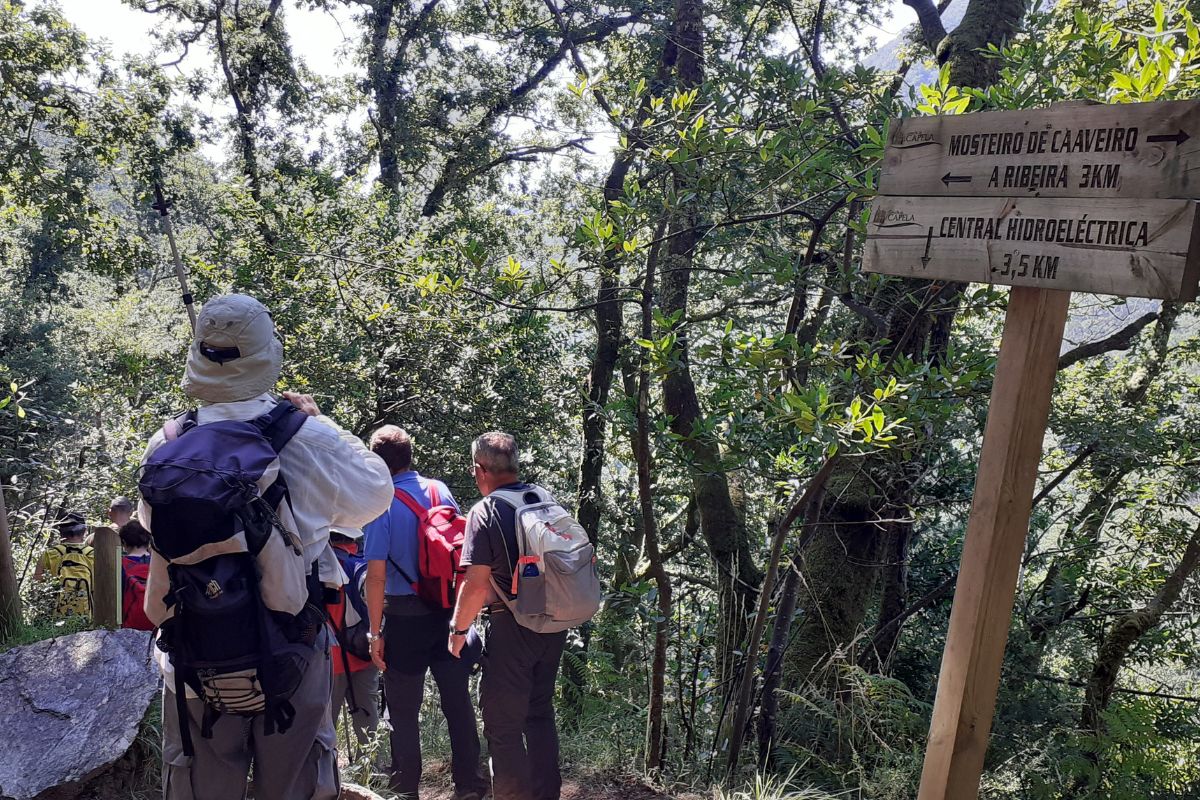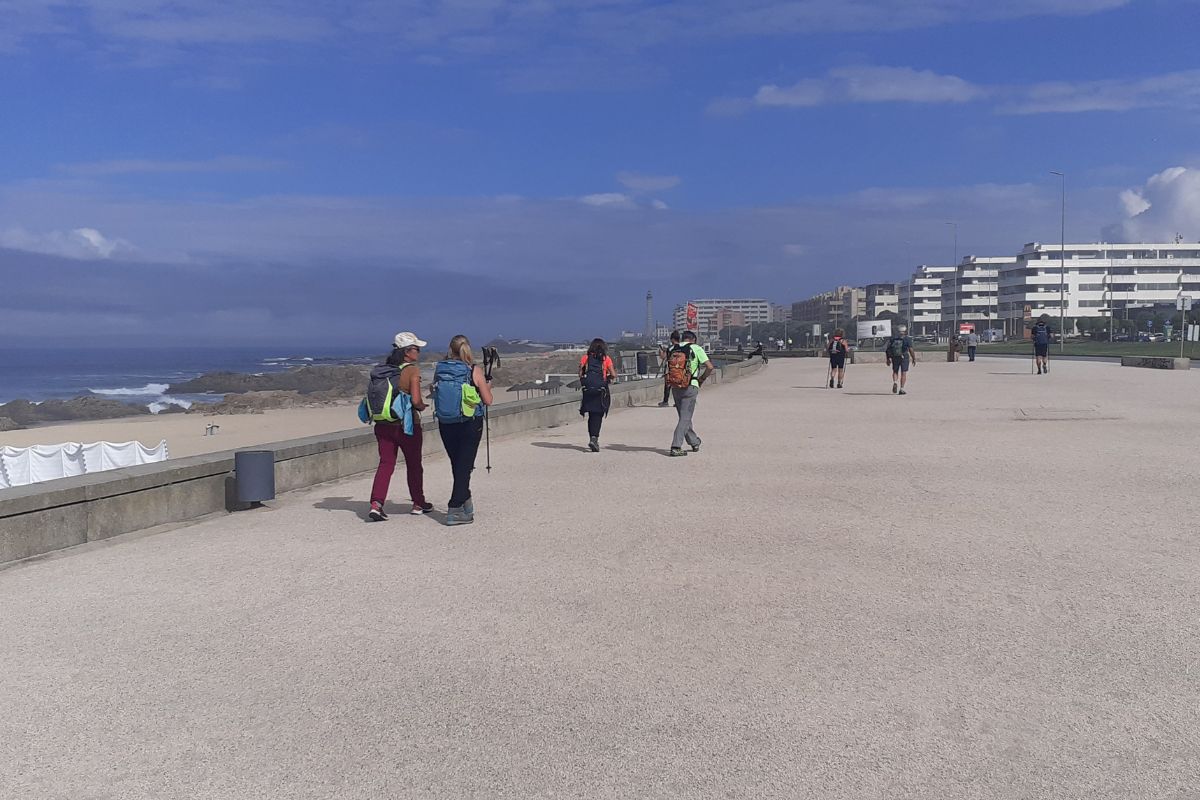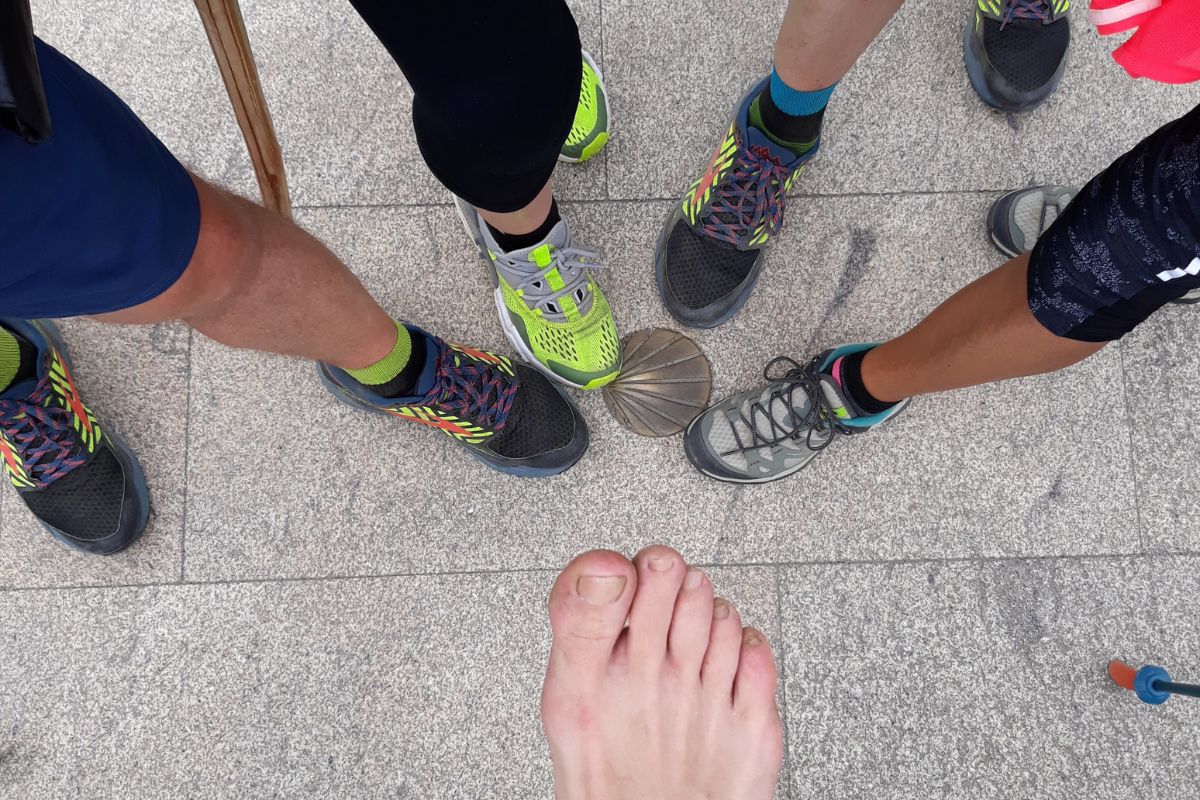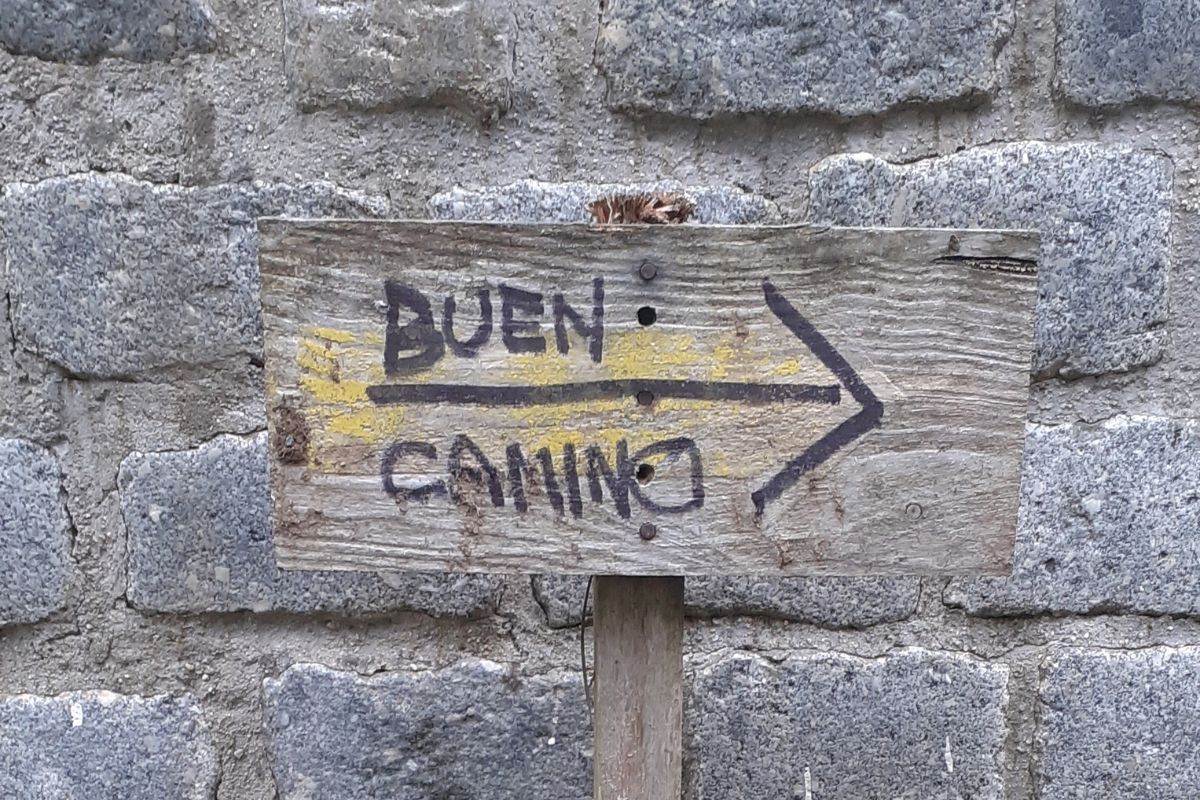Doing the Camino de Santiago on foot at least once in your lifetime is a wonderful experience. However, there are certain essential considerations to ensure that your Camino is great. Perhaps the first of these is physical preparation for walking the Camino on foot, essential to fully enjoy this unique experience.
Do you know what are the tips you should keep in mind? What footwear, backpack, and clothing are recommended? In addition, what time of year is most suitable for walking the Camino? In this post, we will provide you with all the answers and information to be in optimal condition and make the most of your Jacobean experience.
Tips for physical preparation for doing the Camino on foot
The different Jacobean routes have their own characteristics: some are longer or shorter, more physically demanding or easier, inland or coastal, etc. In addition to walking, you can also do them by bicycle. However, all routes and ways of doing the Camino have a common factor: prior physical preparation. So, if you are going to walk to Compostela, follow the following tips for doing the Camino on foot.
Prior physical preparation
We recommend that you start walking about 5 km a day at least one month in advance. If you can’t do it daily, do it two or three times a week, perhaps on your days off. Here are the first pieces of advice we can give you:
- Consult with a professional: talk about the Camino with your gym trainer or your personal doctor, especially if you have any medical condition or are on any medical treatment.
- Muscle stretches: both during prior training and on the Camino itself, perform stretches to prevent injuries and keep your muscles flexible. Remember: before, during, and after walking.
- Additional training: before embarking on your pilgrimage, make sure to do a training program for the Camino de Santiago that strengthens your legs and back. You can either go to the gym or start walking with a backpack carrying some weight.
- Exercise your body and mind with long walks: get used to walking long distances to improve your endurance and adapt to the Camino’s pace. Start with 5 km or more, gradually increasing the distances, and on different terrains: trails, forests, mountains, asphalt, etc. Take some hiking routes in your area.

Future pilgrims hiking as part of their physical preparation for the Camino de Santiago.
Once you have trained properly, it’s time to inventory the necessary equipment you should carry for doing the Camino de Santiago on foot. Shall we pack our backpack?
Choose the best footwear for doing the Camino on foot
Select comfortable and suitable footwear for your foot type. Remember, and very importantly, it should be footwear that you have previously used. Don’t wear new shoes on the Camino, whether they are sports shoes or hiking boots: if they’re new, they are your blisters’ best friends. If you want to learn more, check out our complete guide to footwear for the Camino de Santiago. Also, include comfortable footwear for resting at the end of each stage.
The importance of comfortable backpack and clothing
Opt for an ergonomic and lightweight backpack, and choose the best backpack for your Jacobean adventure: it will be your main companion day after day. Depending on the length of the route and the number of stages you plan to complete, you will carry a backpack of larger or smaller size. Very important: bring a rain cover for your companion on the Camino.
As for clothing, make sure it’s breathable and comfortable, and above all, suitable for the season and weather you expect to encounter. Never forget to bring a raincoat and some warm clothing, regardless of the time of year. It’s also very important to wear appropriate socks, especially to prevent blisters. In addition, it’s also highly recommended, and you may find it trivial, to bring knee and ankle braces: they provide warmth and support to your lower joints, preventing injuries. Finally, always check the weather forecast.
Accessories that you shouldn’t forget on your Camino
In addition to what was mentioned earlier, there are accessories you should not forget. Take note:
- Toiletries bag: obviously, like any trip, you need to carry toiletries.
- Basic first aid kit: bring a first aid kit with band-aids, disinfectant, pain relievers, anti-inflammatories, any medication you’re taking, sunscreen, and items for treating dreaded blisters.
- Hiking poles: not all pilgrims carry them, but they are useful for reducing knee strain, improving balance, and providing stability on wet terrain.
- Cap and sunglasses: protect yourself from sun exposure. While on the Camino, you’ll get some color since it’s an outdoor activity. Be especially careful in the summer, as it’s not the first pilgrim we’ve seen turn into a lobster.
Additionally, if you’re staying in pilgrim hostels, bring a sleeping bag and flip-flops. You can find everything we’ve mentioned at any sports store.
Rest and don’t push your endurance
Don’t push yourself too hard. Listen to your body and take breaks when needed. Rest is crucial to avoid injuries. The Camino is not a competition, and you shouldn’t be in a hurry, which can sometimes be a very bad companion.
Stay calm; once you’re on the Camino, the Apostle, the Cathedral, and the city of Santiago have been waiting for you for centuries. If you also have prior reservations at your stage-end accommodations, why rush?

Pilgrims arriving at their accommodation on the Portuguese Coastal Camino.
What is the best time to walk the Camino de Santiago on foot?
The best time to do the Camino de Santiago on foot depends on your availability and preferences. Spring and autumn are ideal due to moderate weather. Summer offers higher temperatures and is when the Camino is most crowded. On the other hand, winter can be cold and rainy but provides a quieter experience.
Fully enjoy your Camino de Santiago on foot
In summary, physical preparation for the Camino on foot is crucial. Follow these valuable tips for any Jacobean route on foot. Don’t forget to choose the right footwear, dress appropriately and comfortably, remember essential accessories, select the season that suits you best, and listen to your body.

Pilgrims ready to do the Camino de Santiago on foot.
Remember, on the Camino de Santiago, there’s no rush; it’s an experience to be savored slowly and step by step. Follow our advice, prepare yourself well, and… enjoy this unique adventure! Buen Camino!



